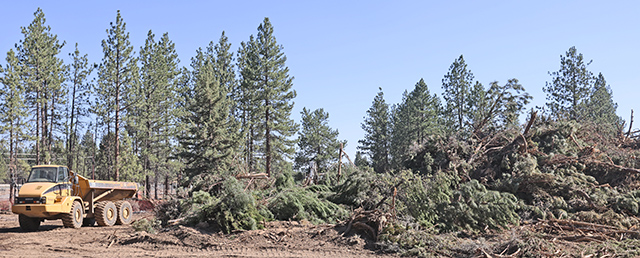Ashland finding ways to deal with deer
Published 5:00 am Tuesday, August 20, 2013
ASHLAND — Royce and Claire Duncan have found a way to enjoy the sight of plentiful deer in their Ashland neighborhood and still have lush garden plants and landscaping.
The couple built an attractive deer fence around the front yard of their home, but let deer roam at will on the rest of their unfenced woodland property.
Trending
“The front yard is no deer. The rest of it, they have the run of the place,” Royce Duncan said.
The couple live in prime deer habitat on Paradise Lane, high above Siskiyou Boulevard where homes begin to blend into the forested mountains above town.
Aptly named Deer Vista Lane is a few streets over, and Paradise Creek runs through the Duncans’ property, providing a water source for wildlife.
Originally from San Diego, the Duncans have owned their Ashland property since 1991. In 2004, they completed their dream of finishing a house on their land. At first they were delighted by the deer.
“Our attitude has changed quite a bit,” Claire Duncan said.
They built their deer fence with a metal trellis gate about four years ago to keep their front-yard plants from being nibbled down to the ground.
Trending
The front yard and planters on their deck are filled with ornamental species such as hosta plants, roses, hydrangeas, purple coneflower and dogwood trees.
Herbs, a fig tree and green bean and tomato plants are seamlessly mixed in to complement the landscaping.
Outside the fence, deer-resistant Oregon grape, holly and conifers adorn their property as it runs along Paradise Lane.
To the side of the house in a hollow, the couple pulled out waist-high blackberry vines and cast-off junk to reveal a pond and Paradise Creek.
The now park-like property features towering trees, wood plank foot bridges over the creek and walking paths.
Passers-by and deer are welcome to walk through the unfenced land, which is sometimes used by does as a fawning ground, the Duncans said.
Claire Duncan said she has noticed a decrease in the number of deer in the area since she and her husband and other neighbors began putting up deer fences.
The fences not only keep deer away from protected vegetation, but they appear to be cutting off the animals’ traditional routes through the neighborhood, she said.
This spring, volunteers and scientists counted 118 deer during a half-hour period at dawn.
That number is down from 187 sightings in fall 2011.
Organizers credited the reduction in sightings to more deer fences in town, poor nutrition and disease among the animals, increased deer collisions with vehicles and fewer volunteers counting.
Another deer count is planned for October.
In 2012, the Ashland City Council changed regulations to allow people to build taller deer fences, which can now measure up to 8 feet.
Front yard fencing was previously limited to 3 1/2-feet tall, while side and backyard fencing couldn’t top 6 1/2 feet.
People can now add height to their existing fences up to 8 feet, but the add-on deer fencing must be see-through and made of materials such as wire or mesh.
Stand-alone deer fencing is also allowed up to 8 feet tall.
Chain-link fences are not allowed, and the city requires a $28 permit for fence construction.
Because of the wire deer fence, Claire Duncan said they are able to visit with neighbors and people walking by as they spend time in their front yard.
For anyone else considering a deer fence, she had a word of advice.
“Don’t be so concerned about your own garden to the extent that you cut off your connection to the world,” she said. “Having your own space that’s protected from deer is a great thing, but making the design so you still have a connection to the community is important.”







